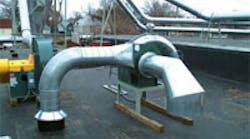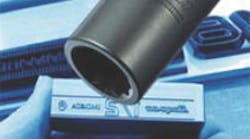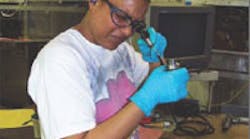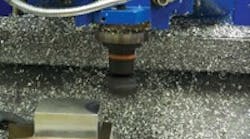When demand for its products increased worldwide, Corin Group, a British orthopedic implant manufacturer, invested in a special grinding machine for grinding its bone rasps and for femoral components that make up the company’s knee systems. The new grinder not only met Corin’s size tolerance, quality and surface finish requirements, it slashed part cycle times.
Corin used milling operations to produce rasps that took four hours per part. Then, the company installed an Anca Inc. (www.anca.com) TX7+ precision CNC grinder with UGS NXCAM for post processing output and Cimulator3D for verification.
The company saw its production time drop to under one hour and also reduced its lead times to days from weeks as a result of the shortened cycle times.
Programming the TX7+ for bone rasps is dependent on the number of teeth and the part’s contour shape. One of Corin’s rasps has 48 teeth to grind, which requires that individual sheet bodies are modeled to ensure that the grinder’s wheel position and depth is correct all the way around the contour profile. A model of the machine’s fixture also is needed to avoid wheel collisions as they approach rasps. Using UGS NXCAM, the company programs its rasps in about two hours.
Anca created several different post-processors that convert the 3D model into a program usable on its machine. The one that is used depends on the part geometry. For the most complex parts, a 5-axis post can be used, letting Corin take advantage of all CNC axes on the TX7+. Although, the shop uses a 2D polar post that controls only the Y and A axes for its bone rasps.
In addition, these posts include a cutter radius compensation function that compensates for wheel wear by performing an automatic update to the machine program. Previously, if the grinding wheel’s dimension changed due to wear, for example, the whole model had to be run through the post-processor again to generate a new program.







